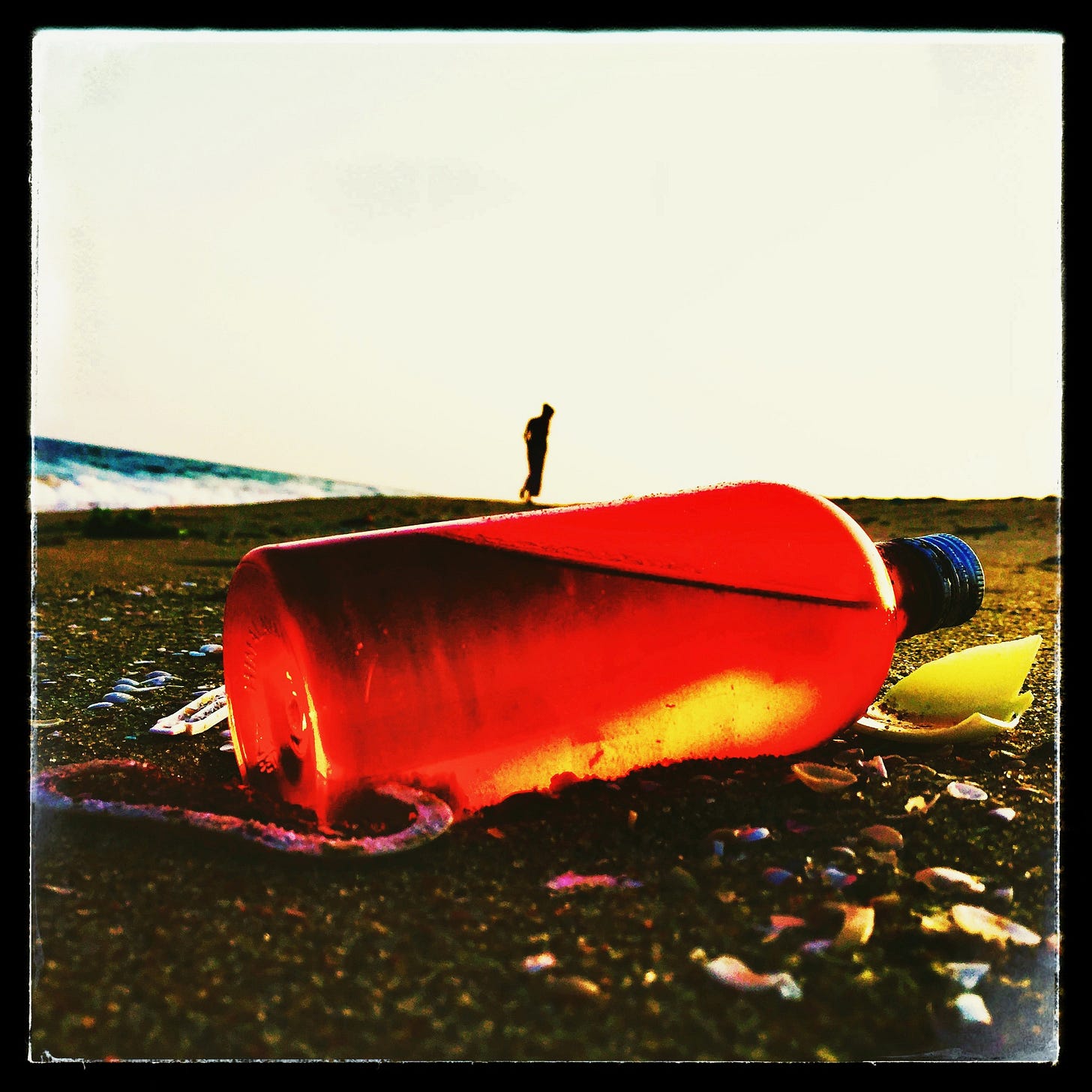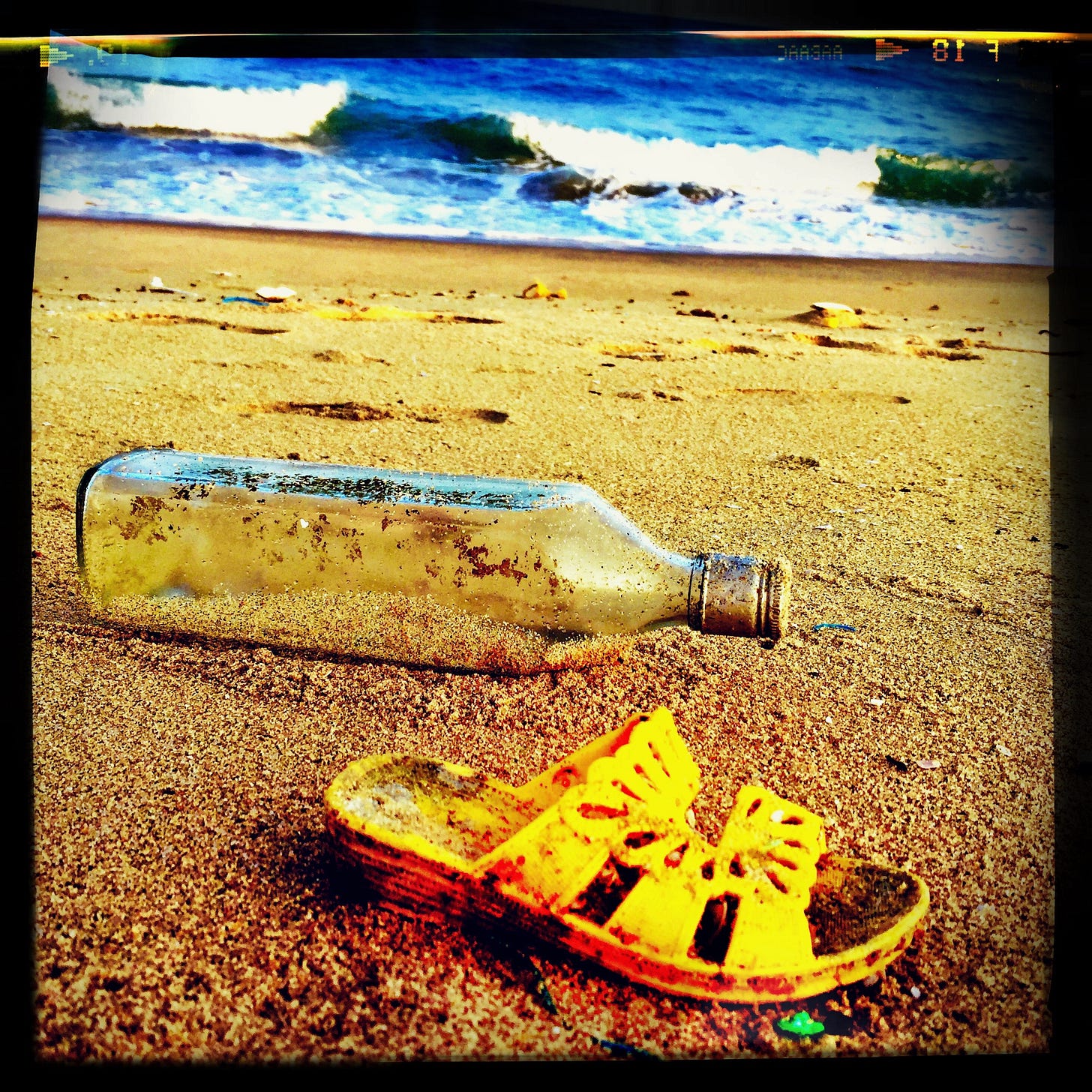maggie and milly and molly and may
went down to the beach(to play one day)
and maggie discovered a shell that sang
so sweetly she couldn't remember her troubles,and
milly befriended a stranded star
whose rays five languid fingers were;
and molly was chased by a horrible thing
which raced sideways while blowing bubbles:and
may came home with a smooth round stone
as small as a world and as large as alone.
For whatever we lose(like a you or a me)
it's always ourselves we find in the sea
e. e. cummings
It’s always ourselves we find in the sea. Yet, there’s so much more to find there. Among the panicky crabs rushing into the spray, the hasty fish dashing into the sand, the easygoing dolphins leaping on the Bay of Bengal where I’ve been living for almost 15 years you can discover an immense mirror steeped in history, biological wonders, myth, struggle and bliss. While I scrape the bottom of my feet walking on a beach of the Coromandel coast at first light, I breathe in the northerly winds carrying oxygen and joy into my lungs. And I think about the sea.
Seasonally, the fishermen stand in a row, feet dug in the sand, hauling their nets. Some believe they are pulling out the sun from the horizon, rhythmically, one beam at a time. It is a glittering feast of gold, peach, orange and pinkish hues imbuing the morning firmament. At sundown, I pace along the same shores, as the vestiges of the day bow out through the casuarina forest, long radiant threads dancing among the branches, while the sea cloaks itself in a sombre greenish tinge.
I stare at the Bay of Bengal and wonder how my reaction to this beatific contemplation has transformed through the years, how I might have become inured to its natural charms, how my chest no longer swells as it did in awe of this maritime majesty. Has something changed? Although I’m known to stick to what I genuinely love, like the mountains, hazelnut and chocolate ice-cream, the Indian woman who brought me to live here, writing and walking, it is inevitable that as years ripen the perceivers and their sensorial capabilities, the perceived is altered as well.
From my first days on this isolated beach in Tamil Nadu, north of Pondicherry and south of Mahabalipuram, I’ve wondered how differently I experienced this reality compared to the local fishermen, the shepherds, the construction workers, the farmers, the affluent neighbours, the ashram meditators and the day-trippers who at times cross my path. “Selfie, please!”
I’ve grown up with the idea of the beach as a summer home, a distinct season in my European upbringing, drenched in a different history from the Indians who often plunge fully clad into the crushing waves at sunset.
What I’ve immediately recognized in these Indian waters is that, among the many seas I’ve gazed, swam, deep dived and sailed into, in all the continents, the Bay of Bengal’s murky brownness, with its un-tropical bronze seriousness and down-to-business undertow, often brings me back to youthful summers from 1970 to 1990, spent on a thin, long beach near Venice, along the Adriatic seashores of Northern Italy.
My grandmother had bought a small two-bedroom apartment on the third floor of a building with a sea view in a beach resort town called Jesolo Lido. It had a dark blue tiled swimming pool with a yellow thick border we would dive off from, a flurry of colourful beach umbrellas and wooden chaise longues crowding the private sands up to a cement wall where the public beach started, lined with perpendicular reefs inching into the sea.
Jesolo Lido was the multifarious universe of my summer growth. I’d walk into that beach in June as one person and head out a couple of months later a different boy, baked by the sun, caked dry by the beach, marinated in the Adriatic waters, a galaxy of freckles brushed across my nose and cheeks, morphed by formative experiences of friendship, enmities, celebrations of youth and excitement. It was a cosmos constellated at first by innocently playing hide and seek at night, then strumming guitars while singing by the bonfires lighting up dark beaches. It was the times of the earliest slow-dance parties, the summer crushes, and timid kisses which at daytime turned into hours of dusty football matches, rough water polo challenges, volleyball, bocce bowling, badminton, swimming and waterskiing, but also fishing with a rod, with nets, pulling out molluscs with my bare feet from the sandbar. In those skimpy bikini and topless days of the 70s and 80s, the land of Speedos, it was also the discovery of bodies, the inquiry into objects of desire.
It was a sociological experiment, mixing people of different classes, regional and national origin. My summer friends came from towns I’d never visited at the time, like Mestre, Venice, Treviso, Brescia, Milan, Torino, but also from Austria, France, Belgium, Germany, the Netherlands, the UK. Their parents were truck drivers, lawyers, architects, accountants, businessmen, teachers, workers. Stripped to their Speedos from class-conscious uniforms, the brands, the worker’s t-shirts, the white-collar cotton shirts, the cheap versus the luxury, on that anonymous theatre paved with sand, our parents had to blend. And so did we. It built cohesion, openness, dialogue, as a small-town boy from a remote valley of the Veneto, like me, could discover young people from other parts of Italy, but, more importantly, from Europe. It made us get over what at first felt alien and foreign. It was the beachy foundation of cosmopolitanism, in its own way. The phenomenon of the post-industrial Italian beach pried open our provincial doors to what existed outside.
Keep reading with a 7-day free trial
Subscribe to GlobalSpin with Carlo Pizzati to keep reading this post and get 7 days of free access to the full post archives.






